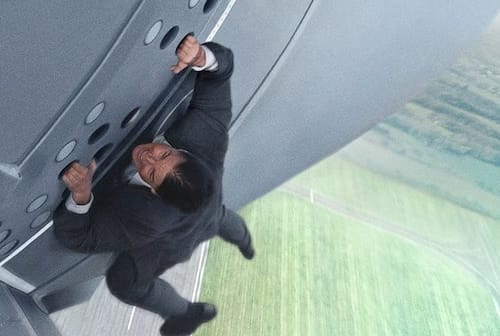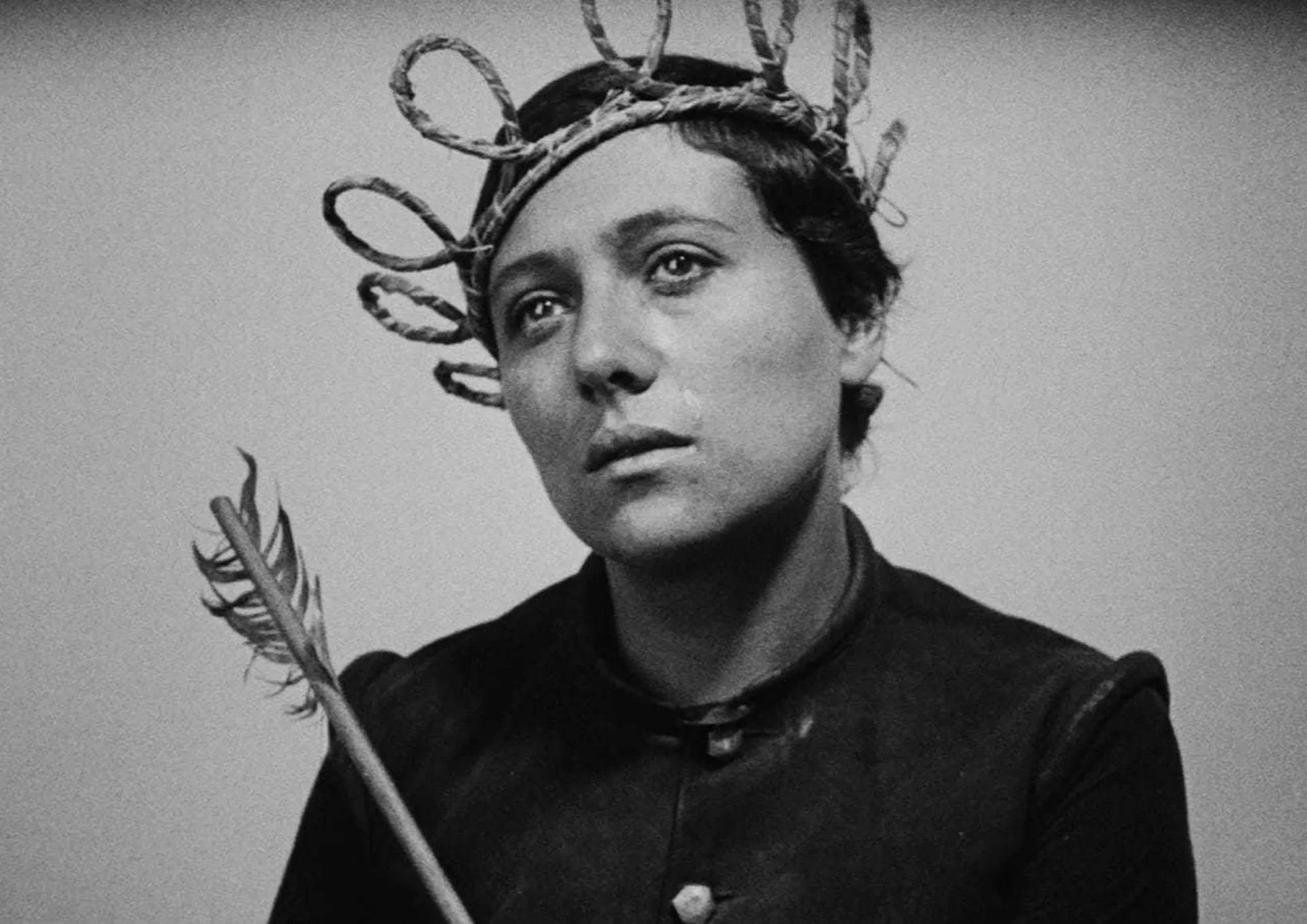- Modern Chaos
- Posts
- MC.84: AI and the Handmade Tale
MC.84: AI and the Handmade Tale
I created this newsletter using my own brain (and a lot of AI too, is that bad?).
(This issue was inspired by Corridor Crew's latest episode)
We're witnessing a familiar pattern emerge in the entertainment industry, one that perfectly mirrors what happened with CGI over the past 15 years.
Hollywood spent years marketing "practical effects" as superior to digital ones, creating a false binary between "authentic handmade" and "artificial computer-generated" content.
Now, as AI enters creative workflows, we're seeing the exact same marketing narrative resurface. And it's just as misguided.
The Automation Overpromise and Coming Backlash
We're currently in the peak of AI overpromising, with companies pushing visions of fully automated creative processes that will supposedly replace human artists entirely.
This "full automation" narrative is setting the stage for an inevitable backlash. As these overpromises fail to deliver the promised results and quality, we'll see a predictable swing toward "No AI was used" badges and marketing campaigns.
The industry is essentially creating its own rejection cycle by overselling what current AI can realistically accomplish in creative contexts, rather than focusing on the more practical reality of AI as a powerful tool within human-guided workflows.
The False Binary Returns
The entertainment industry has always thrived on technological innovation, but it loves to pretend otherwise. For years, studios have promoted the idea that practical effects are inherently superior to digital ones, that "handmade" equals better quality, more honesty, more authenticity.

Some stunt person trying to keep up with the flow of AI news.
This narrative ignores a fundamental truth: the best productions have always used hybrid approaches.
Practical effects provide crucial reference points: physics benchmarks, lighting guides, tangible elements for actors to interact with.
This real-world anchoring becomes essential for VFX artists, even when the final product is heavily digitized. The magic happens in the alliance between practical and digital, not in the purity of either approach.
AI as the New Scapegoat
As AI tools enter creative pipelines, we're already seeing the emergence of "AI-free" marketing badges. This is the beginning of a predictable cycle:
New technology emerges in creative industries
Early adopters integrate it strategically
Marketing narratives emerge promoting "traditional" methods
False binaries are created (human vs. machine)
Reality settles into hybrid workflows
Technology becomes invisible infrastructure
Claiming something is "made without AI" is becoming as meaningless as saying you wrote a text without spell-check. The tools are already embedded in our workflows, often invisibly.
The Infrastructure Transformation
AI is rapidly becoming like GPUs, RAM, or cloud computing: invisible infrastructure that users don't think about.
When you use photo editing software, you don't question whether it uses GPU acceleration. When you send an email, you don't worry about the distributed servers processing it.
You care about functionality and results, not the underlying technology stack.
The same invisibility is happening with AI in creative work. What matters isn't whether AI was used, but whether the final output serves its purpose effectively.
Beyond the Purity Wars
While purists will emerge on both sides, those who refuse any AI assistance and those who go fully automated, the most effective approach will always be the hybrid model. The future belongs to human-augmented AI and AI-augmented humans.
Successful creative workflows integrate:
Human creativity and judgment
AI processing and efficiency gains
Traditional techniques where appropriate
Quality validation and refinement
The goal isn't purity, it's optimal results through intelligent tool selection.

The passion of Joan d’AI-rc
The Coming Marketing Divide
We're about to see a new wave of marketing positioning around AI usage. Some productions will tout their "AI-free" credentials, while others will embrace AI enhancement. But just like the practical vs. digital effects debate, this positioning will become irrelevant as the technology matures.
The market will reward results, not process purity.
The Invisible Revolution
The most successful AI integration will be the kind you don't notice. Just as the best VFX work is invisible to audiences, the best AI-assisted creative work will seamlessly blend human creativity with machine capability.
We're not heading toward a world where AI replaces human creativity, we're heading toward a world where the distinction becomes irrelevant because the integration is so sophisticated.
The age of hybrid creativity has begun. The question isn't whether you'll use AI in your creative process—it's how skillfully you'll integrate it.
Modern Chaos explores the intersection of technology, business, and society in an age of rapid transformation.
P.S. If this analysis resonates with you, forward it to a colleague who needs to hear it. We're building a community of leaders who think critically about AI implementation.
Reply and share your story—I read every response and feature the best insights in future newsletters.
Until next Thursday 🎉
Cheers,
Olivier
What do you think of this email?You can add more feedback after choosing an option, this helps a lot 👍 |
Like this newsletter? Forward it to a friend and have them sign up here.
Until next Thursday 🎉
Reply